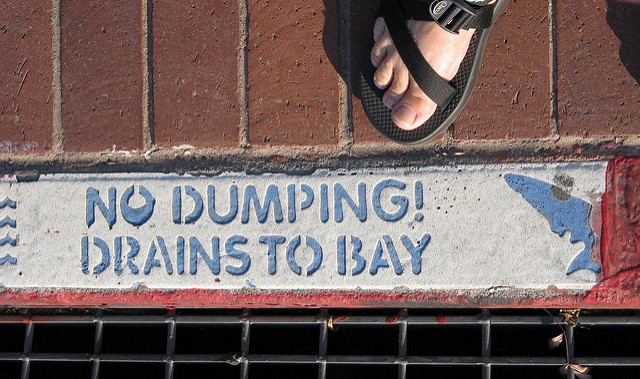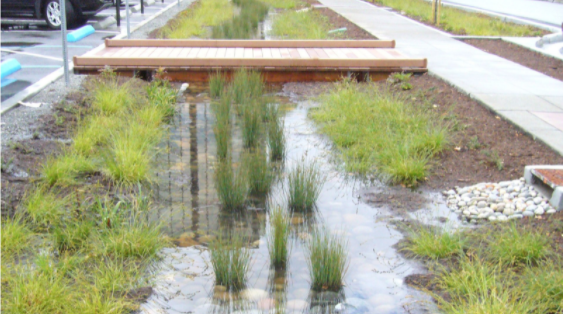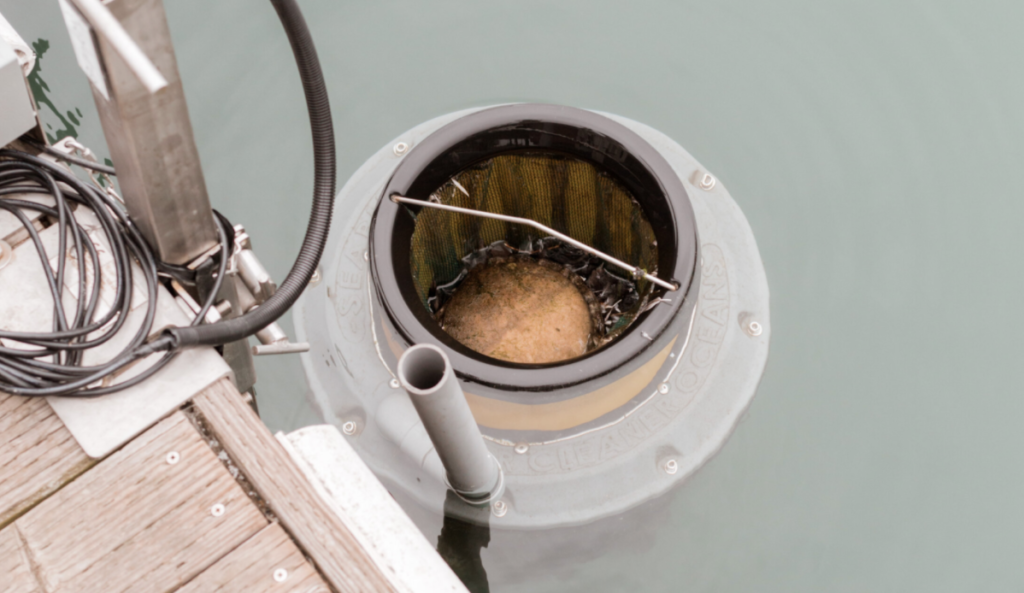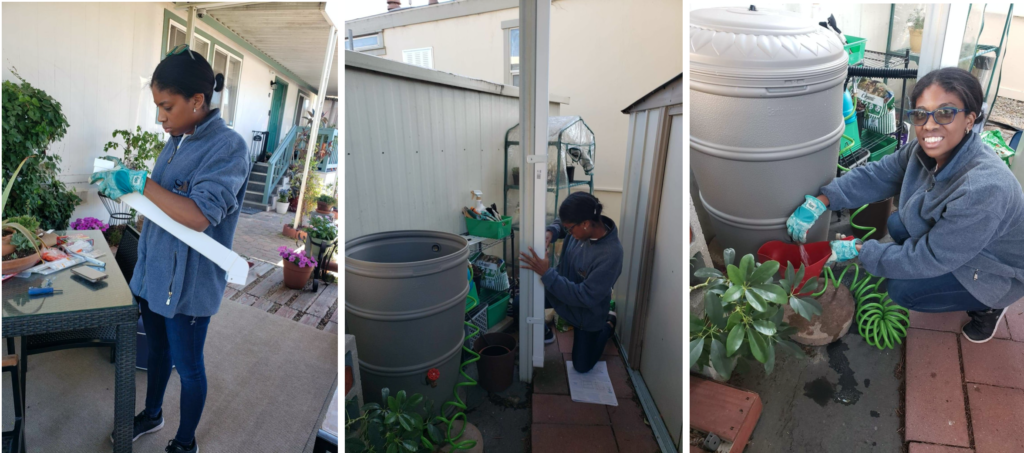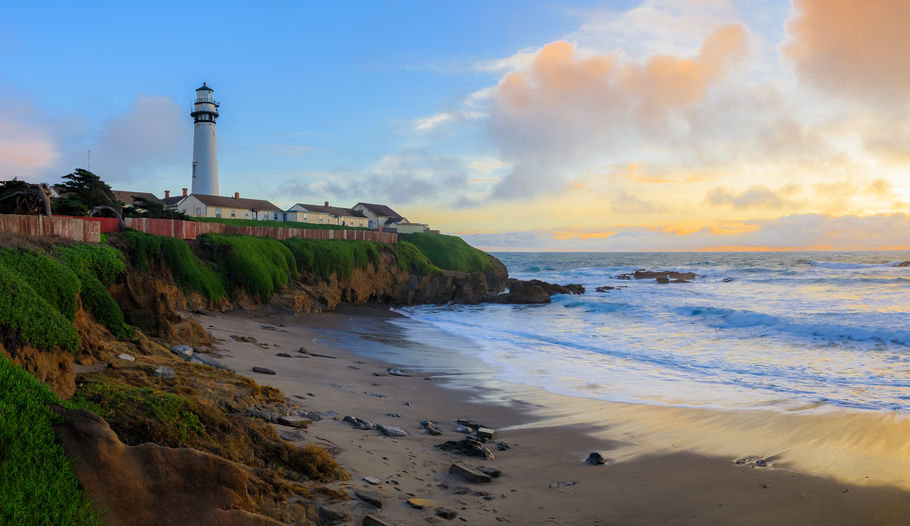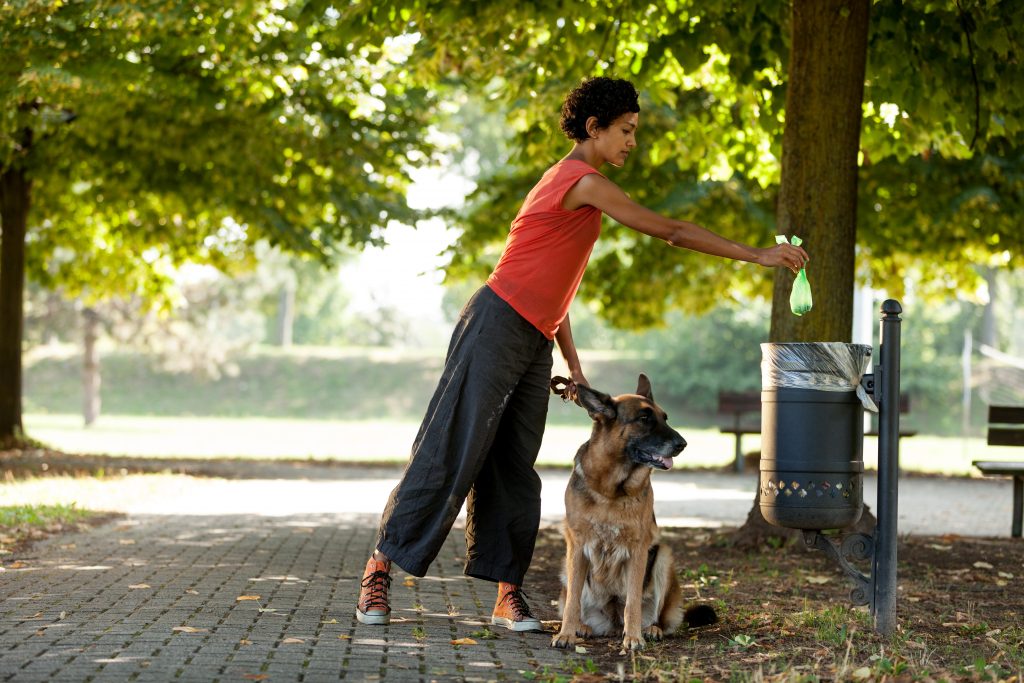In 1999, surfers in San Mateo County saw their beloved beaches threatened by environmental pollution and degradation. They took action and came together to form a local chapter of the Surfrider Foundation, Surfrider San Mateo County (Surfrider SMC), which engages the community in protecting our oceans and advocates for solutions.
Now, 22 years later, the organization includes “local surfers, paddle boarders, kayakers, marine biologists tide-poolers, and basically people who love the ocean,” says Britt Bensen, Vice Chair of Surfrider SMC. The organization is one of more than 80 Surfrider Foundation chapters across the country, which form a network of over 1 million supporters and volunteers.
“Surfrider SMC is an all-volunteer group committed to protecting the more than 50 miles of San Mateo County coastline in between San Francisco and Santa Cruz counties.”
— Britt Bensen
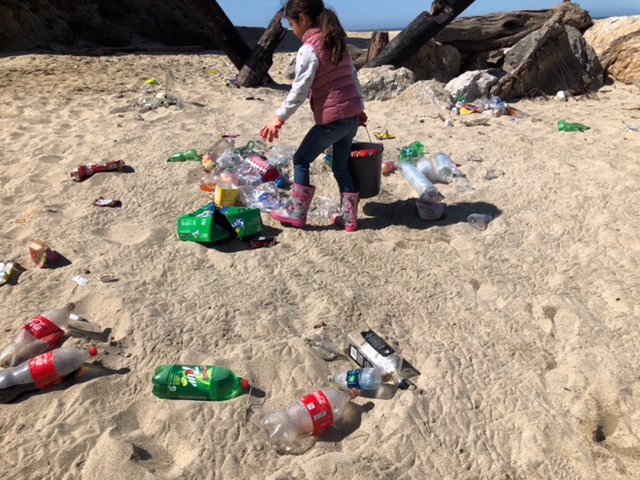
Surfrider SMC protects our oceans in many ways: through youth education, monitoring water pollution, partnering with local businesses to reduce single-use plastics, and engaging the public in beach cleanups. Through their organized beach cleanups, they have kept thousands of pounds of trash out of the ocean.
Protecting the ocean isn’t just about the environment—it’s also about people. Surfrider SMC sees access to safe and clean beaches as an equity issue. “We have learned the incredible value of open, outdoor space with COVID and the unfortunate wildfires and the corresponding smoke over recent years,” says Bensen. “We hope our efforts have made our coastline accessible to all.”
Blue Water Task Force
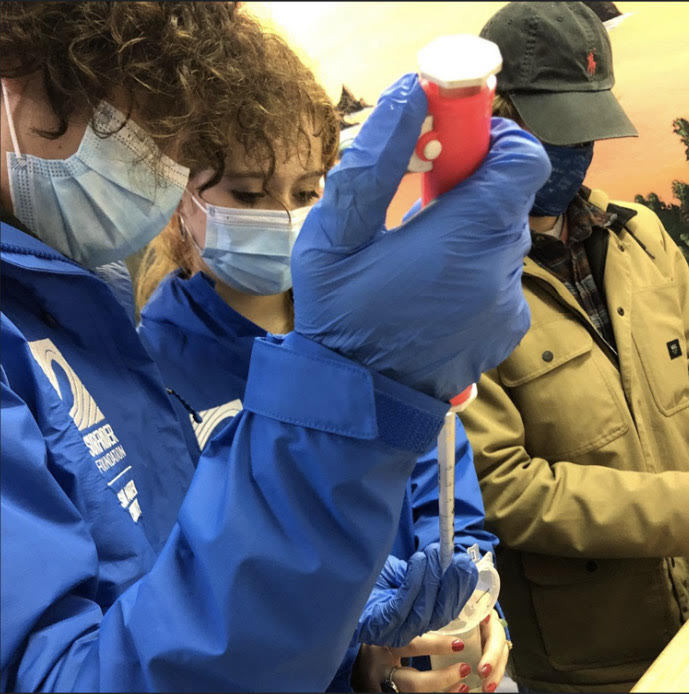
Just one of Surfrider SMC’s many programs is the Blue Water Task Force. They measure bacteria levels at beaches and in coastal creeks, then compare them to federal water quality standards. This allows them to alert the public of any health risks and to raise awareness about water pollution issues.
“We currently test 6 sites along the Pacific Ocean every week and publish results on our social media accounts,” says Bensen.
If you are interested in getting involved the Blue Task Force, attend the next Surfrider SMC chapter meeting or social.
Coastal Cleanup Day and How to Help
One way that you can get involved and help Surfrider SMC keep pollution out of our waterways and ocean is to get involved in Coastal Cleanup Day. On Saturday, September 18 from 9:00 a.m. to noon this year, you can join a global community of people helping to keep trash out of the ocean.
Here in San Mateo County, there are over 50 cleanup events to join. Surfrider SMC is holding a beach cleanup for Coastal Cleanup Day at Poplar Beach from 9:00 to 11:00 a.m. on September 18.
For more information and any updates, please visit Surfrider San Mateo’s website.
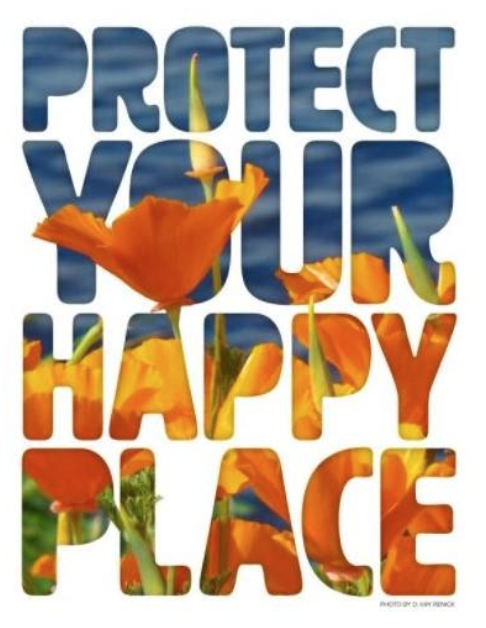
Other Ways to Get Involved
“As we’re all volunteers, we’re 100% dependent on neighbors all over San Mateo County dedicating whatever time they have to our programs and campaigns.”
— Britt Bensen
Apart from Coastal Cleanup Day, there are many ways to get involved with Surfrider SMC throughout the year.
- Beach Cleanups: Visit Surfrider SMC’s event calendar to find additional beach cleanups to join throughout the year.
- Take On a Volunteer Role: If you want to get more involved, you can take on a leadership or support position in event planning, communications, volunteer recruitment, and more. Contact chair@smc.surfrider.org if you’re interested!
- Follow: You can stay up to date with Surfrider SMC by following them on Facebook or Instagram @surfridersanmateo. You can also email communications@smc.surfrider.org to be added to their newsletter mailing list.
- Listen: Listen to Surfrider California’s podcast “Protect & Enjoy” on your preferred podcast platform.
